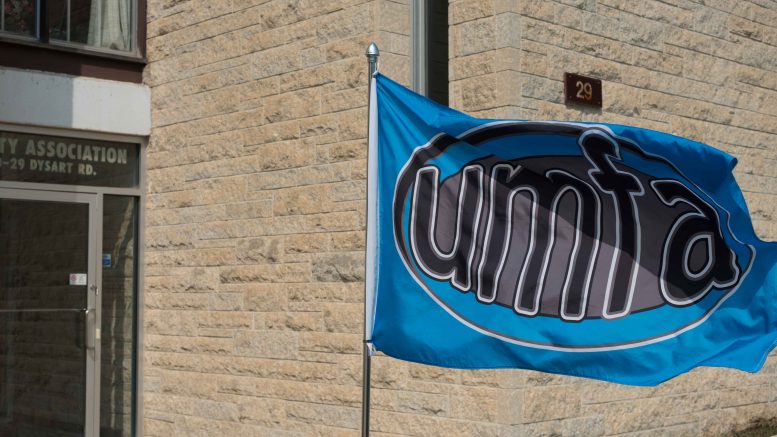Research associations, faculty, and university administrations alike are welcoming the return of a Statistics Canada survey that supporters say will provide crucial data on the Canadian academic landscape.
Federal Minister of Science Kirsty Duncan announced the reinstatement of the University and College Academic Staff System (UCASS) survey on Sept. 9.
Nixed in 2012 due to budget concerns, the data collected paints a full picture of Canada’s research academy, including the age, gender, and pay-scales of full-time university faculty members.
“It represents another step our government is taking towards establishing evidence-based decision-making, while encouraging a more diverse and inclusive country,” Duncan said at a press conference at Western University in southern Ontario.
“The data is really the first step to gauging diversity in our research community,” she said. “I cannot emphasize this enough – in all of our efforts as a government, you will see respect for diversity and inclusivity.”
David Robinson, executive director of the Canadian Association of University Teachers (CAUT), said the information provided by UCASS is a vital resource for policy-makers looking at student-faculty ratios or making decisions about new institutions or programs.
“It’s a good planning tool, but it’s also, I think, a very important way in which we can monitor progress on important issues like equity,” he said, noting that the information helps identify gender pay gaps and monitor the progress of women in academia.
“It’s the only data we have on how many female teachers teach in engineering across the country. That’s important to know for obvious equity reasons,” he said.
“How many faculty are teaching in the social sciences and humanities versus medical sciences, for instance? I think that gives us a sense of where our human resource allocation is.”
Bargaining
Beyond research and social planning, the data also plays a significant role at the bargaining table, giving both faculty associations and institution administrations an impartial look at pay-scales for similar position around the country.
“It’s going to help both parties,” said Robinson. “It’s going to help both our academic staff associations and the institutions because when you sit down and you go through collective bargaining, having good reliable data helps both sides come to a reasonable agreement.”
The last time this data was made available was in 2012 and while researchers at Western University made attempts to replicate the survey, they only received responses from about 80 per cent of schools, according to Robinson. The holes in data impacted negotiations, he said.
“It can make it more difficult because you’re kind of shooting in the dark in some ways,” he explained.
U of M administration and the University of Manitoba Faculty Association (UMFA) are currently negotiating a long-term agreement. Talks have been scheduled through to the end of the month.
UMFA president Mark Hudson said he is pleased the survey is being revived, noting data collected by Statistics Canada, an independent third party, keeps the information objective at the bargaining table.
“If it’s coming from CAUT it’s less likely to be accepted as authoritative, no matter what the process is,” he said, acknowledging that “there was a bit of an outcry when it was shut-down, for sure.”
It is “important for helping us get a handle on how we are progressing in terms of a lot of our larger social goals, equity in the academy being one of those important goals,” he added.
Both the the Canadian Psychological Association and the Canadian Consortium for Research – which includes 20 organizations representing researchers in all disciplines across Canada – have lauded the return of the survey.
At the Sept. 19 announcement, Western University president Amit Chakma praised WU researchers who worked independently to fill in the gap left behind when the survey was scrapped, saying the data is “such an important tool; we just couldn’t lose it because somebody decided it is no longer important.”
Prior to 2012, the survey ran annually dating back to 1937. Robinson said the revived survey may also be expanded to include part-time instructors as well, which he said make up nearly one third of Canadian university faculty.
University of Manitoba executive director of public affairs John Danakas said in an email the university is taking a closer look at the survey and its implications before issuing a statement.


